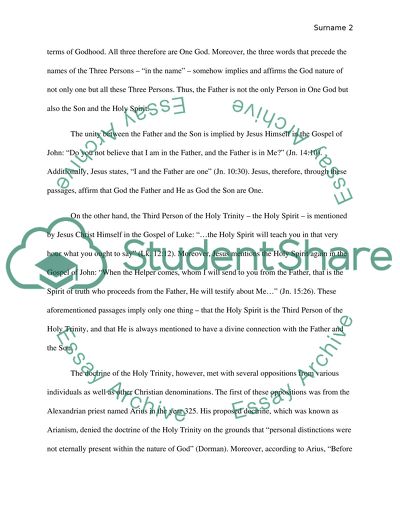Cite this document
(“Holy Trinity Essay Example | Topics and Well Written Essays - 1250 words”, n.d.)
Holy Trinity Essay Example | Topics and Well Written Essays - 1250 words. Retrieved from https://studentshare.org/philosophy/1435631-c-hristianity-holy-trinity
Holy Trinity Essay Example | Topics and Well Written Essays - 1250 words. Retrieved from https://studentshare.org/philosophy/1435631-c-hristianity-holy-trinity
(Holy Trinity Essay Example | Topics and Well Written Essays - 1250 Words)
Holy Trinity Essay Example | Topics and Well Written Essays - 1250 Words. https://studentshare.org/philosophy/1435631-c-hristianity-holy-trinity.
Holy Trinity Essay Example | Topics and Well Written Essays - 1250 Words. https://studentshare.org/philosophy/1435631-c-hristianity-holy-trinity.
“Holy Trinity Essay Example | Topics and Well Written Essays - 1250 Words”, n.d. https://studentshare.org/philosophy/1435631-c-hristianity-holy-trinity.


